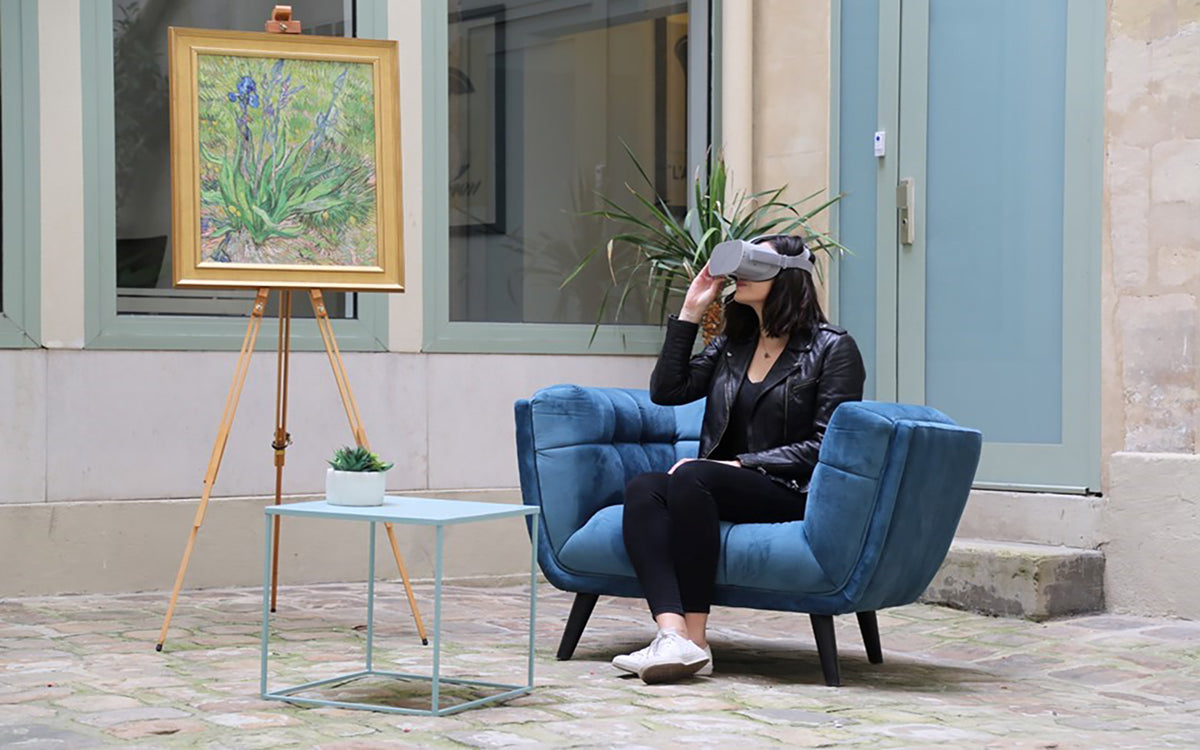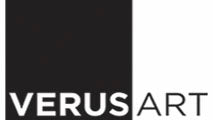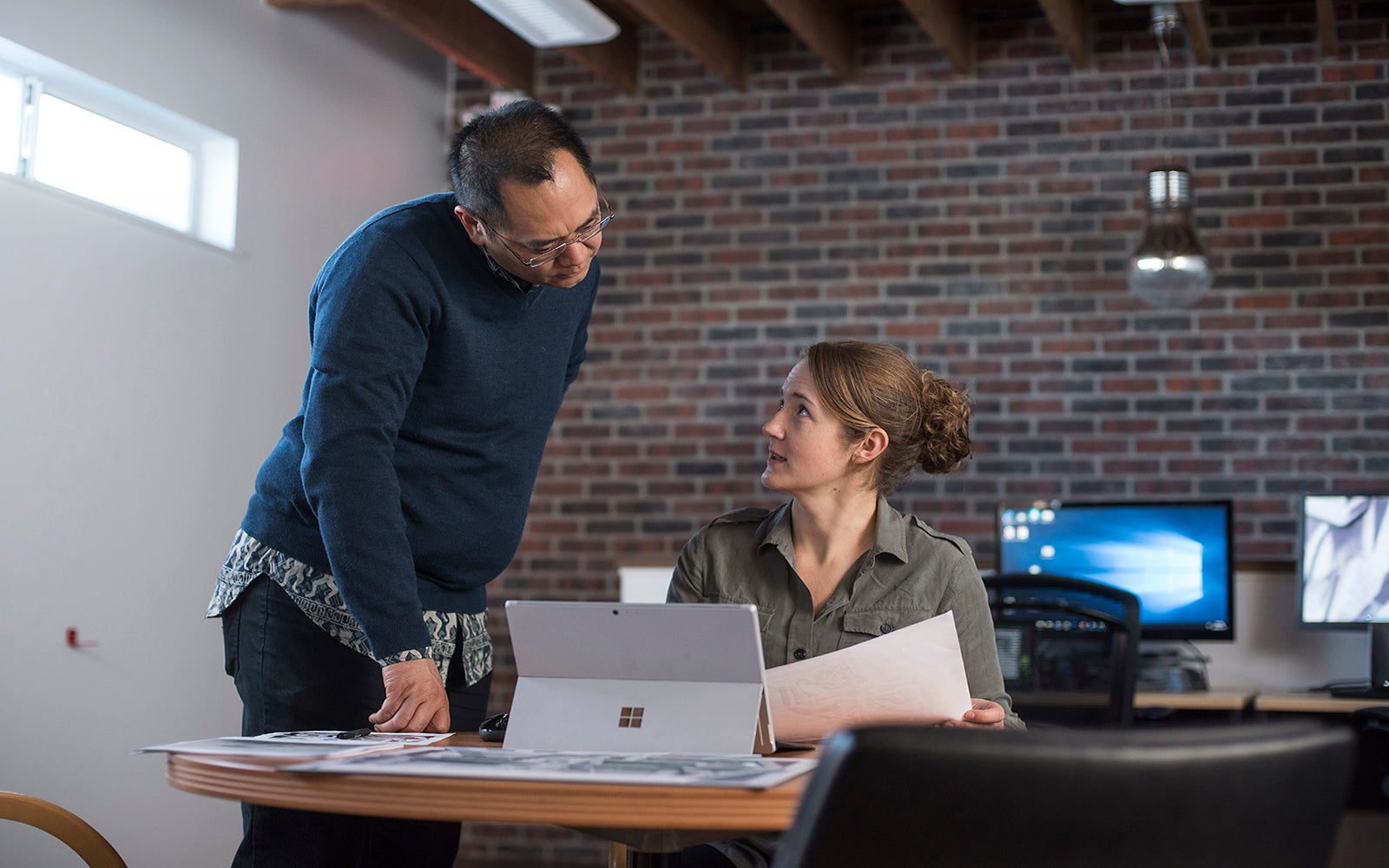
Turning Back Time on Turner - An Arius Technology Digital Restoration Prototype
Digital Restoration Prototyping is one of several art technology developments that offer museums essential new research tools and Arius is helping pave the way for cutting-edge restoration and conservation techniques. Thanks to 3D scanning and the Arius Digital Master File (ADMF), museums around the world, can trial digital restoration prototypes before implementing plans on the original works.
In September 2018, Arius Technology had announced that we had collaborated with Tate Britain to help them protect, conserve and reproduce masterpieces. An art-technology first for the British institution, Arius has worked closely with Tate conservators and historians to capture 3D scans of eleven masterpieces, to map the colour and geometry of each painting’s surface. With these 3D scans, our team of Art Engineers are able to utilize the power of the Arius Digital Master File to turn back time on a masterpiece. We are able to develop and implement virtual restoration plans and prototypes without ever touching the surface of the original artwork.
Digital Restoration Prototype Plan
Of the 11 works scanned in collaboration with Tate Britain, Arius Technology initiated a digital restoration plan for “Peace - Burial at Sea” by J. M. W. Turner. Turner painted this piece in a square format, however, it was framed with an octagonal moulding, and over the years the exposed painting surface became dirty and discoloured, while the area that was under the frame was in much better condition.
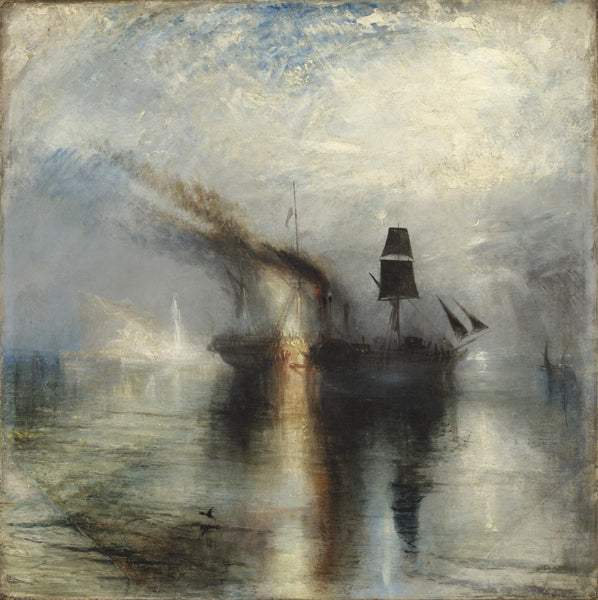
(Peace- Burial At Sea by Joesph Mallord William Turner)
Our Art Production team had two goals in mind with the digital restoration prototypes. The first prototype documents the paintings current condition, where one can clearly distinguish the framed area and ‘muddiness’ of the unframed area. In the second prototype, our Art Production team digitally cleaned the surface show what the masterpiece may have looked like when the piece was first painted by Turner.
The Process of Turning Back Time on a Turner Masterpiece
Turner was known to be experimental in the ways he chose to paint his pieces. In the case of Peace, it is displayed in an ornamental octagonal frame. The first step of the process was to take to de-frame the painting and observe what the corners of the piece looked like after it being mounted in an octagonal frame all these years. What our team was able to find under Turner’s corners was absolutely astonishing. While the canvas is square, the exposed corners show under-layers of sketches from the artist, with thicker layers of paint and varnish up to the borders of the octagonal frame.

(Close Up of the Octagonal Corners in Peace)
It is common for soot, dirt, sun damage, and fading of colours to impact the surface of a painting over time, especially when it is displayed. When the frame was lifted from the face of the painting, the corners covered by the frame had not faced the damage that occurred to the exposed areas of the piece. These unexposed corners became the reference point for the Art Production team to start the digital restoration for the piece. By sampling the colours from the unexposed corners, our Art Engineers were able to bring these colours into the exposed areas of the piece, without affecting or changing any of Turner’s original brushwork, so there is a seamless transition between the unexposed corners to the entire face of the painting.
Peace was framed in an octagonal frame and as a result, the piece started to develop an octagonal ring around the painting due to pollution on the surface of the painting. This was one of the challenges that the Art Production team wanted to address from the get-go by reimagining this piece in its original square format. The team first observed the areas that were most heavily polluted then moved to the areas that were covered by the frame. The colours that were under the frame near the centre top of the painting was most representable of the colours that Turner first used when he painted Peace. Sampling these colours, the art production team was able to digitally restore the corners once again without affecting or changing Turner’s original brushwork. However, the top left corner went untouched because Turner had gone back and painted in this area, with the frame intact which emphasized the geometry of octagonal appearance and brushwork of this one corner.
Putting the Arius Digital Restoration Prototyping to the Test
Developing these digital restoration prototypes allowed us to truly put the capabilities of our technology and our art production team to the test Arius was able to create two different prototypes in which we were able to bring the piece back to life. The first prototype is a true representation of the painting in its current state and the second digitally restored prototype better shows Turner’s original intent and colour palette.
To read more about our Digital Restoration prototyping services, feel free to visit https://www.ariustechnology.com/digital-restoration-prototyping-for or contact us at info@ariustechnology.com if you have any more questions!
Leave a comment
Comments will be approved before showing up.
Also in News

The Art of Insuring Art: A Practical Guide for Insuring Your Art Collection
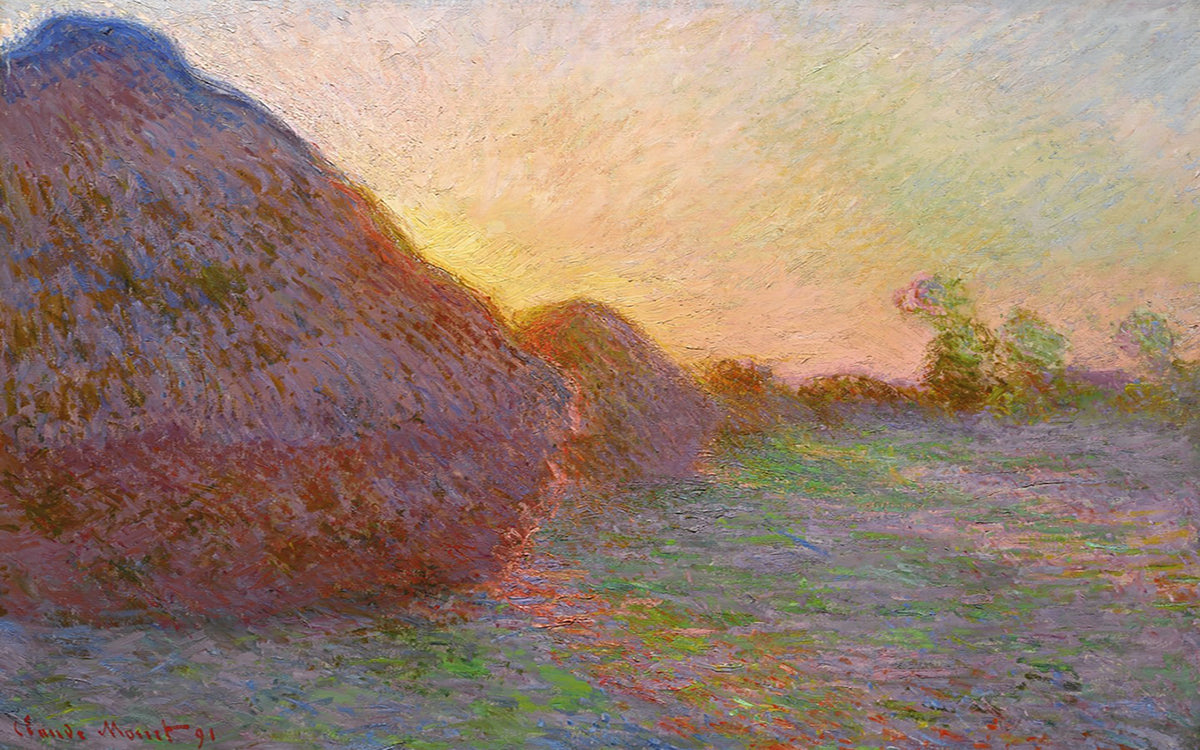
Top 10 Most Expensive Paintings Sold at Auction in 2019
